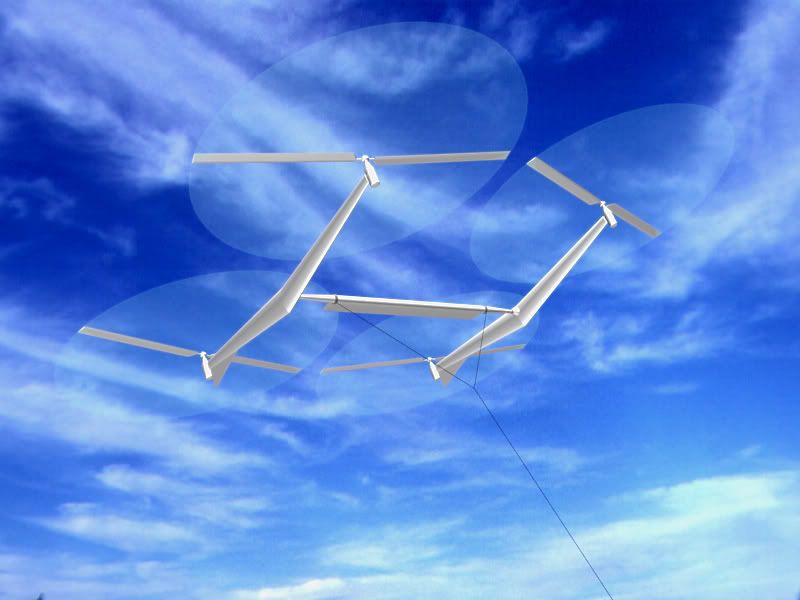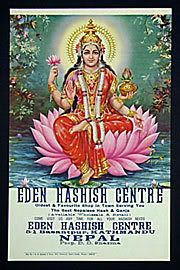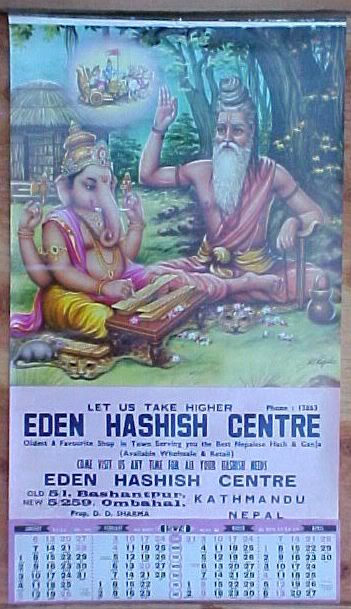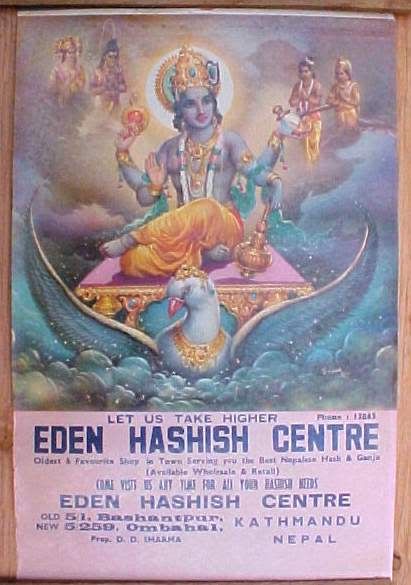For the most part, electrical sockets (outlets) in Nepal are one of two types: the "Type D" Indian 5 amp BS-546 or the European CEE 7/16 Europlug. The Indian socket is actually an old British standard. The "Type D" Indian plug and socket is not to be confused with the "Type M" South African plug and socket. In pictures, they look very similar, but the South African type is much larger than the Indian type, and they are physically incompatible. If your appliance's plug doesn't match the shape of these sockets, you will need a travel plug adapter in order to plug in. Travel plug adapters simply change the shape of your appliance's plug to match whatever type of socket you need to plug into. If it's crucial to be able to plug in no matter what, bring an adapter for both types.
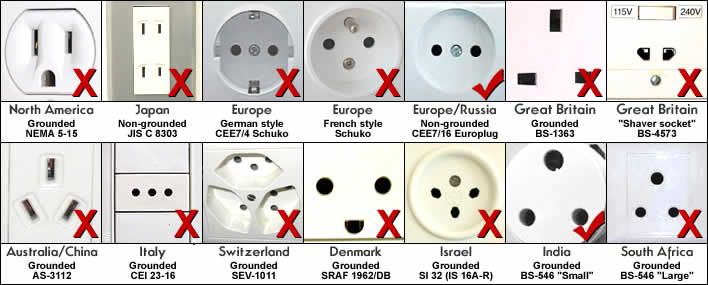
* Voltage: 220-240 Volts (U.S./Canada are 110-120 Volts)
* Primary Socket Types: Indian, Europlug
* Multi-voltage appliances (laptops, etc.): Plug adapter
Click socket type links to view adapter for that type
* 110-120V electronics: Plug adapter + step-down transformer
* Hair dryers, curling irons, etc.: Plug adapter + voltage converter
But the shape of the socket is only half the story!
Electrical sockets (outlets) in Nepal usually supply electricity at between 220 and 240 volts AC. If you're plugging in an appliance that was built for 220-240 volt electrical input, or an appliance that is compatible with multiple voltages, then an adapter is all you need.
But travel plug adapters do not change the voltage, so the electricity coming through the adapter will still be the same 220-240 volts the socket is supplying. North American sockets supply electricity at between 110 and 120 volts, far lower than in most of the rest of the world. Consequently, North American appliances are generally built for 110-120 volts.
source: http://www.adaptelec.com/index.php?main_page=document_general_info&products_id=118











